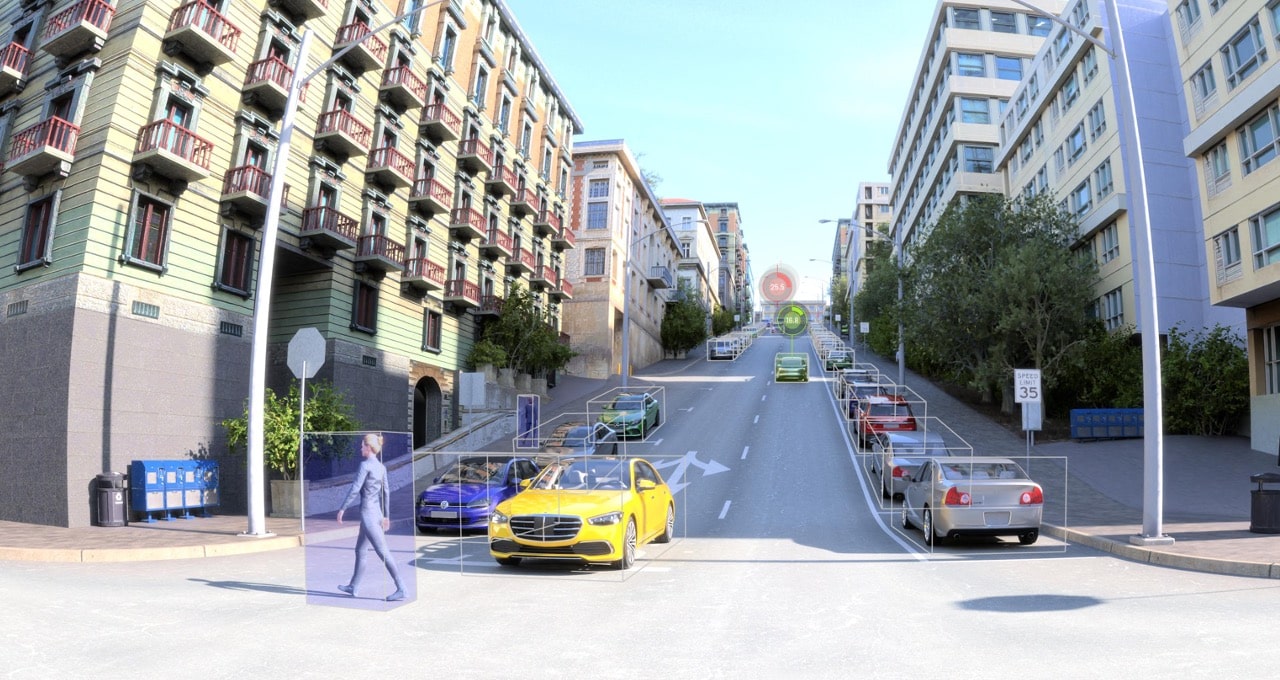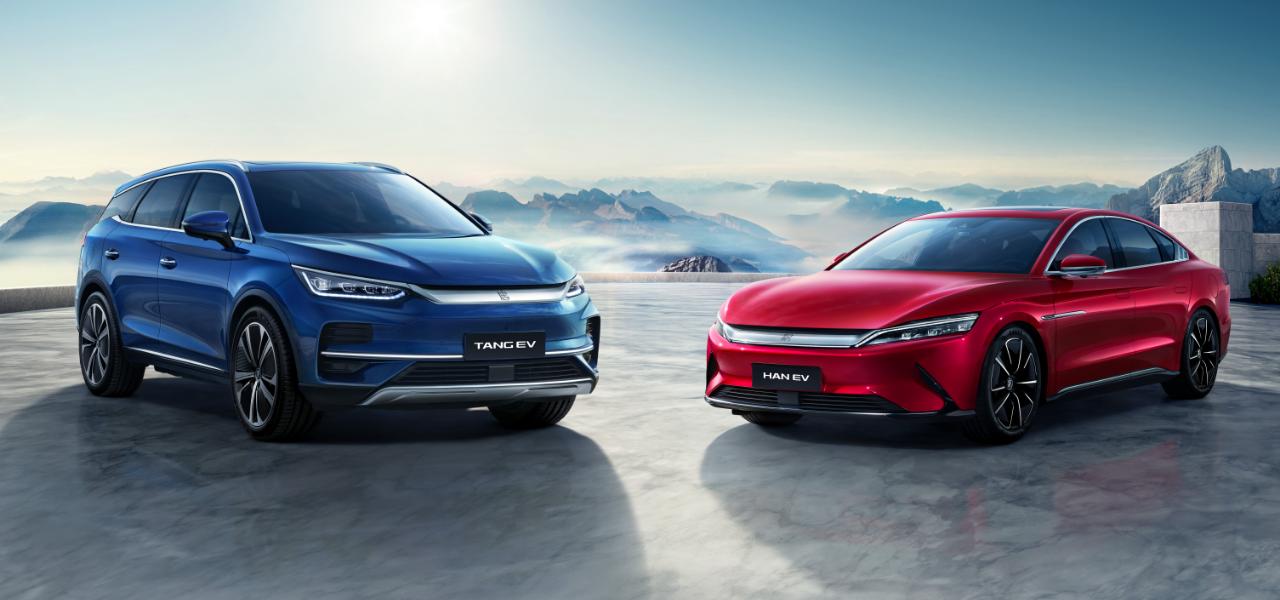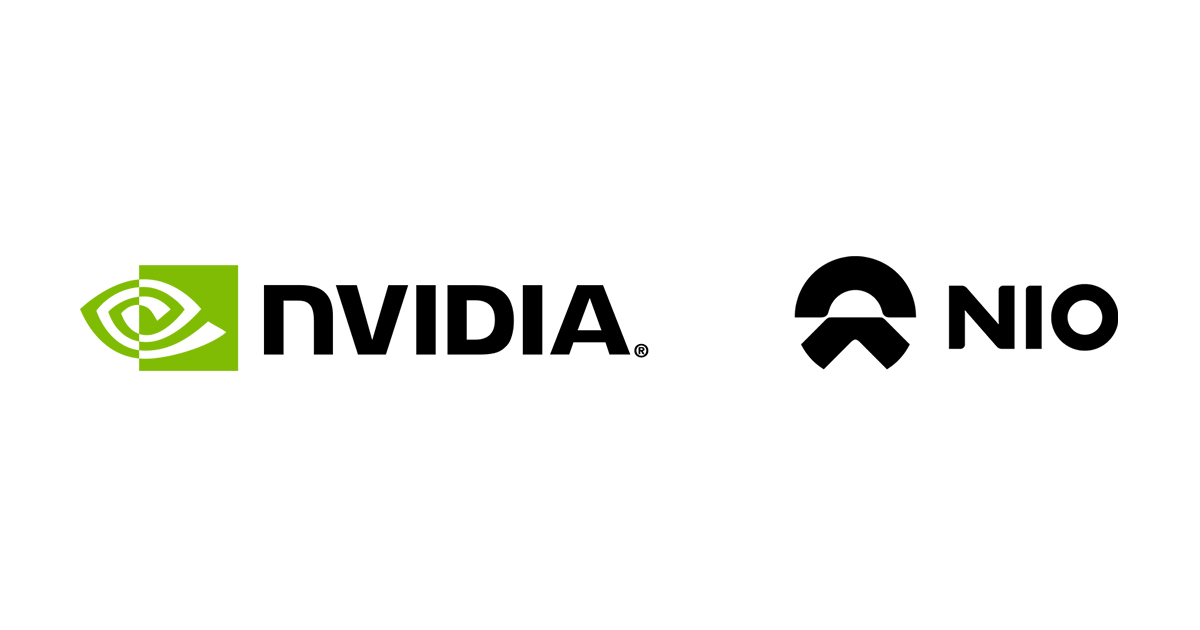Hamartia Antidote
Elite Member
- Nov 17, 2013
- 39,579
- 22,852
- Country of Origin

- Country of Residence

Nvidia Drive - Wikipedia
Nvidia Drive is a computer platform by Nvidia, aimed at providing autonomous car and driver assistance functionality powered by deep learning.[1][2] The platform was introduced at the Consumer Electronics Show (CES) in Las Vegas in January 2015.[3] An enhanced version, the Drive PX 2 was introduced at CES a year later, in January 2016
The closely platform related software release program at some point in time was branded NVIDIA DRIVE Hyperion along with a revision number helping to match with the generation of hardware it is created for - and also creating ready to order bundles under those term. In former times there were only the terms Nvidia Drive SDK for the developer package and sub-included Nvidia Drive OS for the system software (aka OS) that came with the evaluation platforms or could be downloaded for OS switching and updating later on.

NVIDIA DRIVE Partners Showcase Cutting-Edge Innovations in Automated and Autonomous Driving
At CES, NVIDIA DRIVE partners shared their perspectives on how technology, especially AI and computing power, is shaping the future of transportation.
blogs.nvidia.com
NVIDIA DRIVE Partners Showcase Cutting-Edge Innovations in Automated and Autonomous Driving
Industry leaders share their perspectives on the future of transportation.The automotive industry is being transformed by the integration of cutting-edge technologies into software-defined cars.
At CES, NVIDIA invited industry leaders to share their perspectives on how technology, especially AI and computing power, is shaping the future of transportation.
Watch the video to learn more from NVIDIA’s auto partners.
NVIDIA DRIVE partners – including Mercedes-Benz, Volvo Cars, Polestar, Pebble, Luminar, and more – discuss the latest #AI innovations for automated and autonomous driving, the importance of in-vehicle compute, and the role of simulation in developing safe #autonomousvehicles. #CES2024
Redefining Possibilities Through Partnership
Magnus Ostberg, chief software officer at Mercedes-Benz, underscores how the company’s partnership with NVIDIA helps push technological boundaries. “[NVIDIA] enables us to go further to bring automated driving to the next level and into areas that we couldn’t go before,” he says.Computing Power: The Driving Force Behind Autonomy
Shawn Kerrigan, chief operating officer and cofounder at Plus, emphasizes the role of computing power, saying, “Autonomous technology requires immense computing power in order to really understand the world around it and make safe driving decisions.”“What was impossible to do previously because computing wasn’t strong enough is now doable,” says Eran Ofir, CEO of Imagry. “This is an enabler for the progress of the autonomous driving industry.”
“We wanted a platform that has a track record of being deployed in the automotive industry,” adds Stefan Solyom, chief technology officer at Pebble. “This is what NVIDIA can give us.”
And Martin Kristensson, head of product strategy at Volvo Cars, says, “We partner with NVIDIA to get the best compute that we can. More compute in the car means that we can be more aware of the environment around us and reacting earlier and being even safer.”
The Critical Role of AI
Don Burnette, CEO and founder of Kodiak Robotics, states, “NVIDIA makes best-in-class hardware accelerators, and I think it’s going to play a large role in the AI developments for self-driving going forward.”“Driving as a routine task is tedious,” adds Tony Han, CEO and cofounder of WeRide. “We want to alleviate people from the burden of driving to give back the time. NVIDIA is the backbone of our AI engine.”
And Thomas Ingenlath, CEO of Polestar, says, “Our Polestar 3 sits on the NVIDIA DRIVE platform. This is, of course, very much based on AI technology — and it’s really fascinating and a completely new era for the car.”
Simulation Is Key
Ziv Binyamini, CEO of Foretellix, highlights the role of simulation in development and verification. “Simulation is crucial for the development of autonomous systems,” he says.Bruce Baumgartner, vice president of supply chain at Zoox, adds, “We have been leveraging NVIDIA’s technology first and foremost on-vehicle to power the Zoox driver. We also leverage NVIDIA technologies in our cloud infrastructure. In particular, we do a lot of work in our simulator.”
Saving Lives With Autonomy
Austin Russell, CEO and founder of Luminar, highlights the opportunity to save lives by using new technology, saying, “The DRIVE platform has been incredibly helpful to be able to actually enable autonomous driving capabilities as well as enhance safety capabilities on vehicles. To be able to have an opportunity to save as many as 100 million lives and 100 trillion hours of people’s time over the next 100 years — everything that we do at the company rolls up to that.”“Knowing that [this technology] is in vehicles worldwide and saves lives on the road each and every day — the impact that you deliver as you keep people and family safe is amazingly rewarding,” adds Tal Krzypow, vice president of product and strategy at Cipia.









